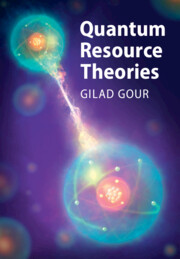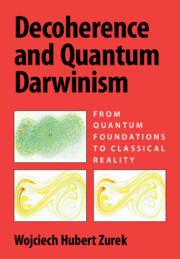Introduction
The date of discovery of the quantum Hall effect (QHE) is known pretty accurately. It occurred at 2:00 a.m. on 5 February 1980 at the high magnetic lab in Grenoble, France (see Fig. 1.1). There was an ongoing research on the transport properties of silicon field-effect transistors (FETs). The main motive was to improve the mobility of these FET devices. The devices that were provided by Dorda and Pepper allowed direct measurement of the resistivity tensor. The system is a highly degenerate two-dimensional (2D) electron gas contained in the inversion layer of a metal oxide semiconductor field effect transistor (MOSFET) operated at low temperatures and strong magnetic fields. The original notes appear in Fig. 1.1, where it is clearly stated that the Hall resistivity involves universal constants and hence signals towards the involvement of a very fundamental phenomenon.
In the classical version of the phenomenon discovered by E. Hall in 1879, just over a hundred years before the discovery of its quantum analogue, one may consider a sample with a planar geometry so as to restrict the carriers to move in a 2D plane. Next, turn on a bias voltage so that a current flows in one of the longitudinal directions and a strong magnetic field perpendicular to the plane of the gas (see Fig. 1.2). Because of the Lorentz force, the carriers drift towards a direction transverse to the direction of the current flowing in the sample. At equilibrium, a voltage develops in the transverse direction, which is known as the Hall voltage. The Hall resistivity, R, defined as the Hall voltage divided by the longitudinal current, is found to linearly depend on the magnetic field, B, and inversely on the carrier density, n, through R = B/nq (q is the charge). A related and possibly more familiar quantity is the Hall coefficient, denoted by RH = R/B, which via its sign yields information on the type of the majority carriers, that is, whether they are electrons or holes.
At very low temperature or at very high values of the magnetic field (or at both), the resistivity of the sample assumes quantized values of the form rxy = h/ne2. Initially, n was found to be an integer with extraordinary precession (one part in ∼ 108). This is shown in Fig. 1.3.


